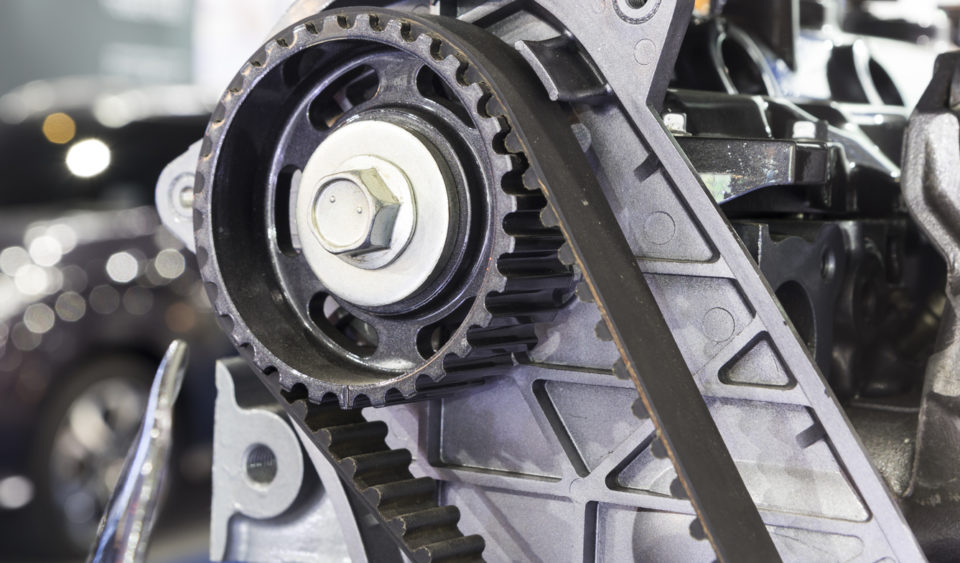
One of the most critical parts of your car is one you don’t usually see or hear daily. But when your drive belt fails, you’ll know it instantly. Because this part rarely gives off warning signs, many people are unsure when they should replace it. Stay on top of this crucial piece of car maintenance and learn more about when to replace your drive belt.
What Is the Drive Belt?
The drive belt is how the engine powers several components, including the alternator, power steering pump, water pump, and even the AC compressor. In some cars, this all happens with a single belt. But in other cars, two belts connect all of these components. In cars that use a single belt, it’s common to call it a serpentine belt. These belts are durable rubber that can last between 40,000 to 70,000 miles.
Time to Replace Your Drive Belt
The tricky thing about replacing drive belts is that there is no set rule for when you should install a new one. Generally, the belts will last for more than 40,000 miles. There are a few cases where the belts even lasted over 100,000 miles. However, most drive belts crack and warp well before then. In fact, if you don’t regularly check, you might not know there are any problems until the belt snaps and everything stops. Most car manufacturers don’t tell you when you should replace the drive belt but recommend that you or your mechanic inspect it regularly.
What a Bad Drive Belt Looks Like
Since there is no mileage rule for changing your drive belt, a visual check is your best bet. When you get a tune-up, having your mechanic look at the belt is a good idea. In addition, you can also inspect your belt yourself. Look for pitting, missing chunks, or cracking in the belt. Some people start hearing a chirping sound when they drive or may only hear the chirp when it rains. Chances are, that’s not a bird under your hood. You’ve got a warped worn-out drive belt. In older cars, the chirp can become a screech because you often have to adjust the belt tension manually. Newer cars have automatic hydraulic or spring-loaded belt tensioners.
Finally, if you have an oil leak and oil gets on your drive belt, you’ll also need to replace it. However, repair the leak first, so you don’t waste money. The oil will degrade the drive belt rubber.
You might also like: Celebrate National Hot Dog Day With These Recipes
Don’t Wait to Service Your Drive Belt
When a drive belt breaks, it can bring you to a standstill. Broken drive belts can damage other parts of the engine and end up costing you big. Fortunately, the service technicians at James Corlew Chevrolet in Clarksville, Tennessee, precisely know what to look for. They’ll inspect your drive belt as part of your regular maintenance and let you know when the belt is in danger of failing. Make an appointment today and stay safe on the road every day.
Disclaimer: The stock image is being used for illustrative purposes only, and it is not a direct representation of the business, recipe, or activity listed. Any person depicted in the stock image is a model.
